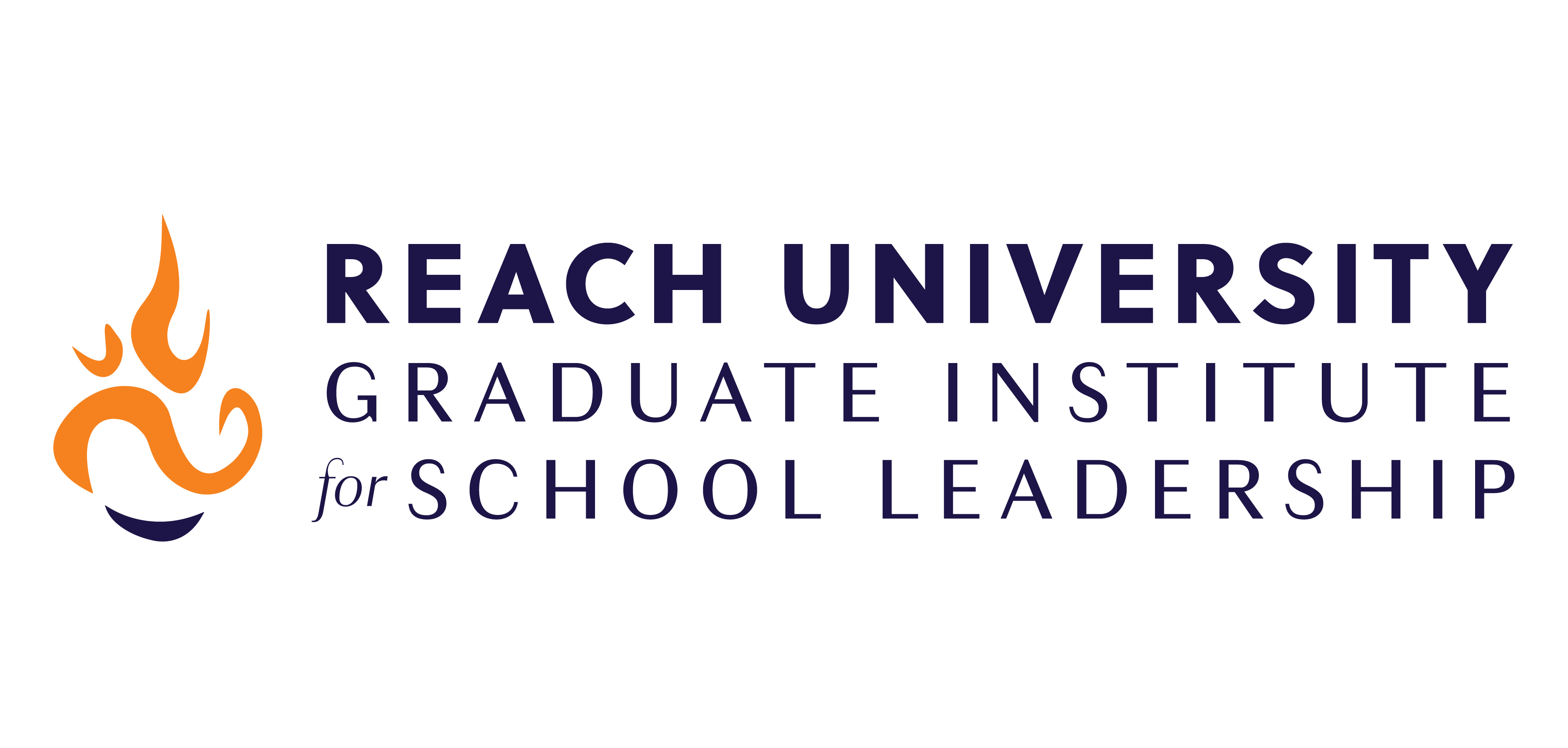Supporting Teacher Collaborative Learning

High quality instruction is key to the success of all students in schools everywhere, but particularly essential in schools working to close the significant achievement gaps that persist in California. Research has shown that improvements in instructional practice can be best achieved through a strong focus on teacher learning in collaborative community. When working to create that focus at Gateway High School in San Francisco, school leadership encountered many difficulties incumbent in collaborative work. Review of the literature in this area confirmed that while collaborative teacher learning can yield the best results for both teacher and student growth, the actual work of collaboration is fraught with challenges including both logistical and relational concerns. One team at Gateway particularly exemplified these issues. They were both philosophically oriented towards and committed to collaborative planning, had done so for more than 2 years, yet struggled to make the work happen and learn from one another. As an instructional leader at Gateway, I designed an intervention to work with this team to grow their awareness of strong collaborative practices and improve their ability to enact those practices in their meeting time. The intervention focused on establishing shared understanding of goals for their work together and strengthening structures to support that work. Over the course of a month, the intervention resulted in an improved ability to identify and use structures that supported their learning together and their ability to identify other best practices of collaboration. The results of the intervention also shed light on other key understandings about the nature of collaborative teacher learning including the need for shared understanding and external feedback on collaborative practice.

